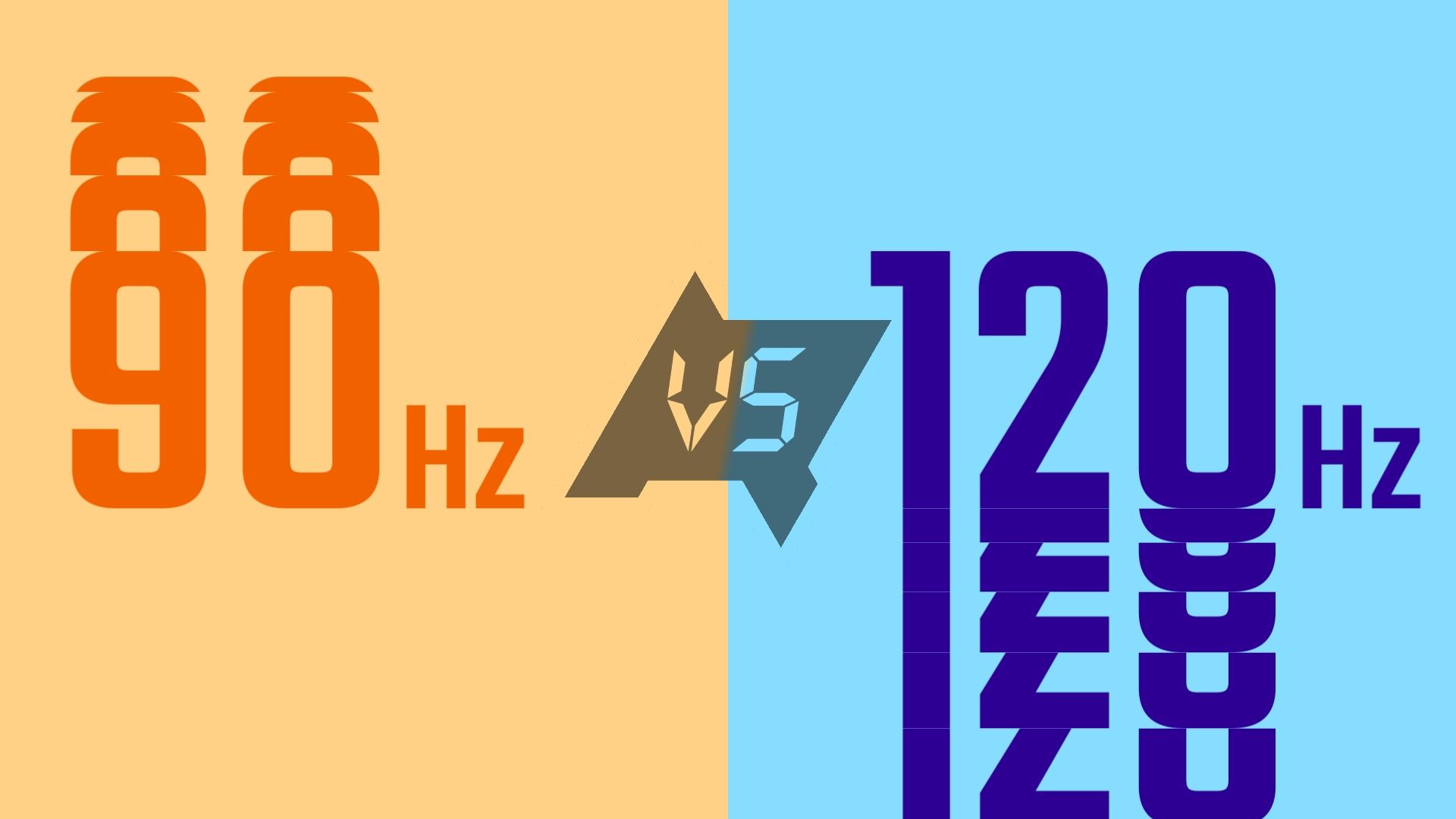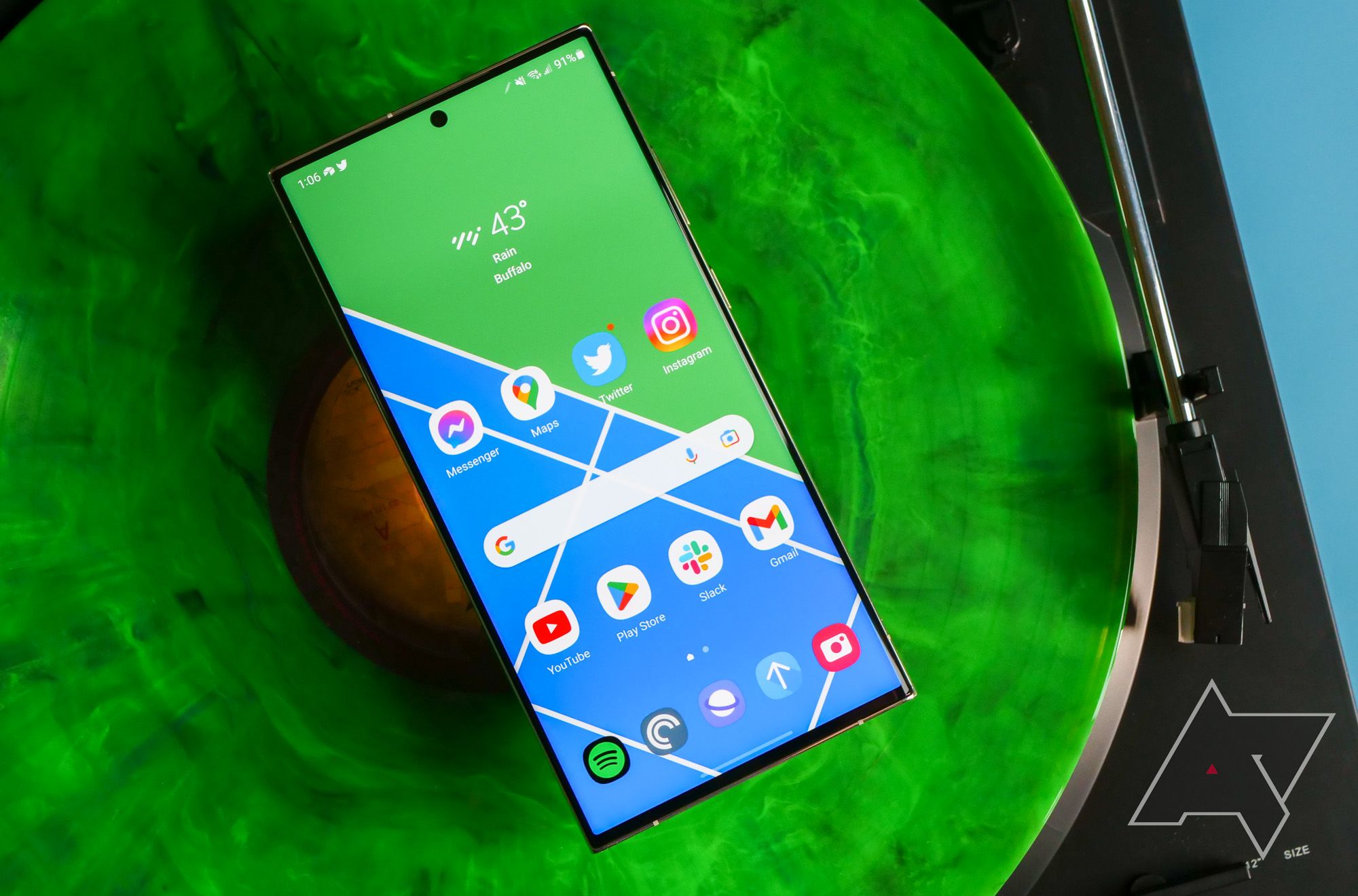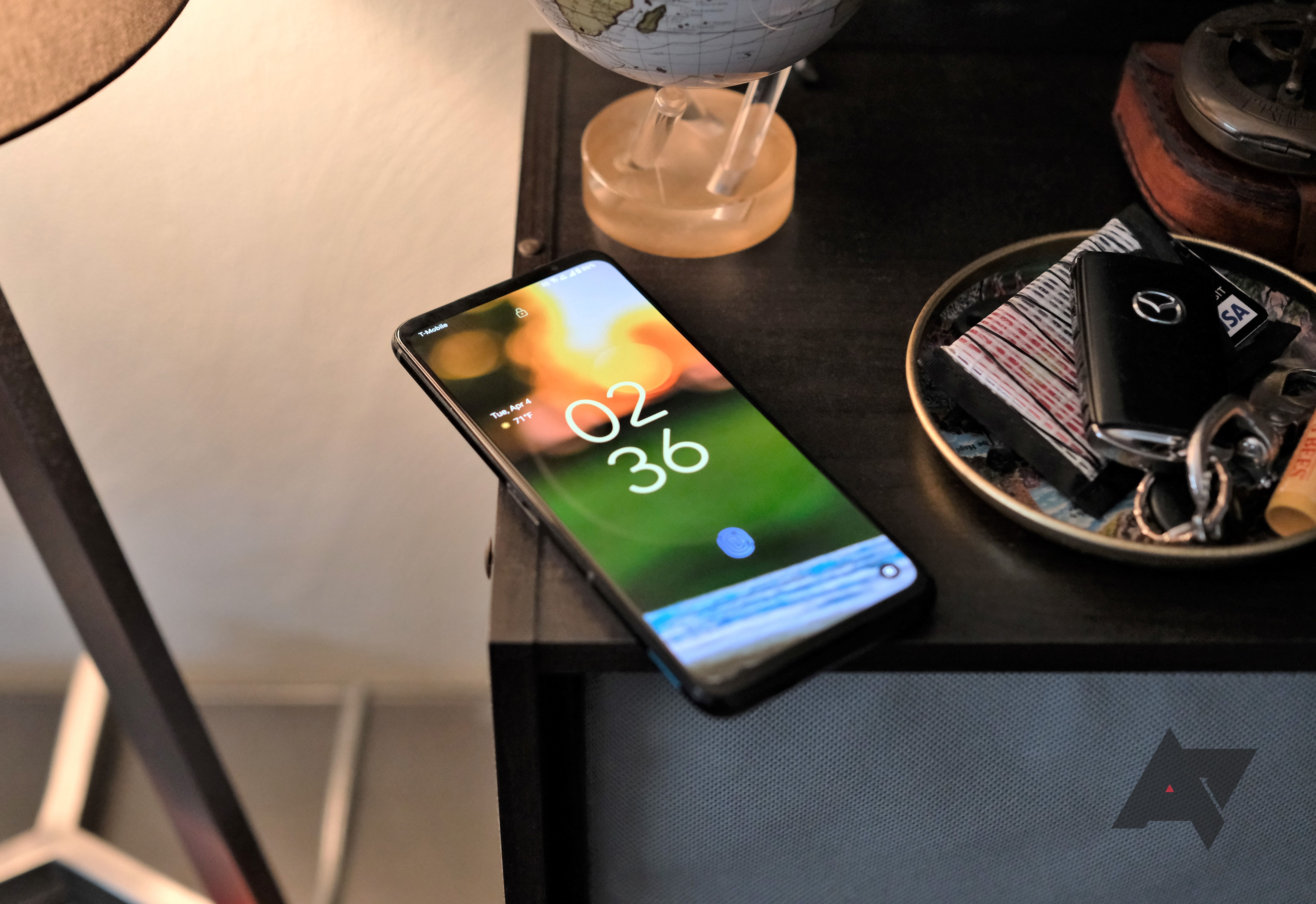Android phones with high refresh rate displays have become commonplace. Even some of our favorite budget phones now feature a 90Hz or 120Hz display. And some of the best gaming phones ship with a 144Hz refresh rate display. But what exactly is a display's refresh rate? And how does it benefit you in daily use? Is a display with a 120Hz refresh rate better than one with a 90Hz?
The refresh rate is the most noticeable change a manufacturer can make to a device's display, but they play the numbers game to get more units out the door. It's important to know when and why it matters so that you know whether spending extra on a device with a high refresh rate display is worth it or not.
The display refresh rate affects every aspect of a device's user interface, from texting and general productivity to games and the camera interface. It's important to know what these numbers are and when they matter since many people may not need a 120Hz or higher display.
Refresh rates: The basics
Before you can understand the benefits of a high refresh rate display, you need to understand how a display works. Electronic displays don't work the same way as the human eye. The image on a screen is never moving. Instead, they show a sequence of images at different points of motion. This simulates smooth motion by tricking our brains to fill in the microscopic blanks between static images.
As a reference, most movie productions use 24 frames per second (FPS), while TV productions use 30 FPS in the U.S. (and other countries with 60Hz power grids or NTSC broadcast systems) and 25 FPS in the U.K. (and other countries with 50Hz power grids or PAL broadcast systems).
Although most movies are filmed in 24p (aka 24 frames per second), the standard was initially adopted due to cost constraints. Still, 24p was thought to be the lowest refresh rate that offered smooth motion. Many filmmakers continue to use the 24p standard due to its cinematic look and feel. Television shows are often shot in 30p, and the frames are doubled (a technique known as pull-down) for 60HZ televisions. The same holds true for displaying 25p content on a 50Hz display. The conversion is more complex for 24p content. A technique called 3:2 pull-down interlaces frames to stretch them out to fit the 25 or 30 FPS target.
Taking video in 50p or 60p has become more common on video streaming platforms like YouTube. The bottom line is that unless you are watching or editing high refresh rate content, you won't need anything above 60 FPS. That being said, as high refresh rate displays enter the mainstream, high refresh rate content will also become more popular. They are particularly useful for sports broadcasts since split-second motions are relevant to viewers in some scenarios.
The refresh rate is measured in Hertz (Hz), which indicates how many times a new image is shown per second. Films are typically recorded at 24 FPS because it is the minimum frame rate to convey smooth motion. That being said, updating the image more frequently allows fast motion to appear smoother. The difference is best illustrated by the Blur Busters UFO Test.
But there's a catch to recording high refresh rate content. You'll need more light when recording videos at 60 FPS or higher. This is why slow-motion videos taken at 120 FPS or higher appear relatively darker than a normal 30 FPS video. This is not a big issue in a studio or a production environment using big cameras. But you might want to keep this in mind when recording videos from your smartphone, especially in low-light conditions.
The more frames a video contains, the larger the file size will be. So, free up storage space on your Android phone before recording 4K 60 FPS videos.
What is a smartphone's display refresh rate?
Smartphone refresh rates vary between 60Hz, 90Hz, 120Hz, 144Hz, and less often 240Hz. The most common high-refresh option is 120Hz, with 60Hz being the standard for a long time. The 60Hz display panels are mostly found in low-end Android phones, with the iPhone 13 and iPhone 14 series being the only notable phones priced above $500 to ship with 60Hz panels.
On most phones with a high refresh rate display, you can adjust the display smoothness from the Settings menu. On some older phones, switching to 120Hz mode reduces the display resolution from 1440p to 1080p. This is no longer the case, with the likes of the Samsung Galaxy S23 Ultra and Google Pixel 7 Pro capable of driving their displays at WQHD+ resolution at 120Hz.
You can find phones with 144Hz, 165Hz, or higher refresh rate panels. However, there are diminishing returns after 120Hz, and you are unlikely to notice the benefit.
When high refresh rate displays first debuted on smartphones, they refreshed at 90Hz or 120Hz constantly. This was unwanted and led these phones to offer poor battery life, as the GPU constantly refreshed the display even when it wasn't needed. However, that's no longer the case.
What is an adaptive refresh rate?
A high refresh rate is useful while scrolling through lists, playing games optimized for such refresh rates, and watching HFR (high frame rate) content. Otherwise, it makes little sense to constantly refresh a display at 120Hz since it puts additional load on the system and causes battery drain. With LTPO (low-temperature polycrystalline oxide) and other technological improvements, high refresh rate smartphone displays adjust their refresh rate on the fly depending on the content you're viewing.
The immediate benefit of this is better battery life, as the display can drop the refresh rate to as low as 10Hz while showing static content to reduce power draw. But the list of phones that can reduce their display's refresh rate to 10Hz is small. Phones like the Samsung Galaxy S23+, Google Pixel 7 Pro, and the OnePlus 11 can go as low as 10Hz.
Adaptive refresh rate comes in handy because everyone uses their devices differently. Some users play more games, while others use their devices to text, browse the web, or watch videos. These different use cases have different demands. High refresh rates give you a competitive edge in games by reducing system latency.
Videos, on the other hand, have a static frame rate, and text can be static for long periods. Using a high refresh rate mode while viewing a 30FPS video would be senseless since the video cannot display anything above 30Hz. You can't add information that doesn't exist.
What are the pros of high refresh rate displays on phones?
The benefits of using a high refresh rate display are numerous, even in general use. Animations like scrolling or opening and closing windows appear smoother, and apps feel snappier to use. The improved fluidity of animations and UI elements makes interacting with your phone feel more natural.
When it comes to gaming, the benefits are even more relevant. They could provide a competitive edge by allowing you to react quickly to events. You receive updated information about the gameplay more frequently than on a regular 60Hz screen.
There's no going back once you use a smartphone with a high refresh rate display. You'll find animations on a regular 60Hz phone jittery and unnatural. It is one of those end-user upgrades that improves the experience.
What are the cons of high refresh rate displays on phones?
High refresh rate screens aren't without issues. The biggest issue is they cause additional battery drain, which can reduce your phone's battery life by a few hours. A display uses power when showing an image. Every time it updates the image, a little more power is used. This increase in power draw means displays with fixed high refresh rates can result in poor battery life.
This is no longer as big of a deal due to variable refresh rates and other efficiency improvements in OLED panels. They are now as power efficient (or even more) than a 60Hz OLED panel. While a display consumes more power at 120Hz, the amount of time the screen needs to refresh content 120 times per second is relatively low. Plus, the panel can drop the refresh rate to less than 60Hz whenever possible to reduce power consumption.
High refresh rates put more pressure on the processing hardware of your device. As the chips powering the latest smartphones have become more powerful, this is less of an issue. More importantly, a high refresh rate display requires device manufacturers to optimize their phones and UI animations. Otherwise, jitters are visible when navigating through the UI.
The higher the refresh rate, the less time a display has to refresh the on-screen content. On a 60Hz display, content is refreshed at 16.6ms. At 120Hz, this is reduced to 8.3ms.
The first set of Android phones that shipped with high refresh rate panels made users choose between 120Hz at 1080p and 60Hz at 1440p. This was done in the software, and users can switch between the two and decide if they want a higher resolution or refresh rate. Companies took this approach to deliver a balance between performance and battery life. This is no longer a concern, and you can change the refresh rate as you like.
A high refresh rate display is fantastic in a phone, but it isn't the only specification to consider. Even a 120Hz display can have poor brightness, color reproduction, or response rates. These can negatively affect the user experience, so looking at display panels as a whole is important rather than focusing on only one specification.
As the technology behind high refresh rate displays has matured, most of their past issues are no longer a concern. Newer-gen panels have all but mitigated the higher power draw, poor brightness, and jelly scrolling issues. Such panels are primarily used in premium and flagship Android phones, but it should only be a matter of time before they make their way to mid-range Android phones.
Should you care about high refresh rate displays on phones?
Higher refresh rate displays on phones offer a visible improvement you cannot ignore. No wonder they have seen rapid adoption from Android phone manufacturers in recent years. However, this doesn't mean 60Hz displays are bad or have become irrelevant. They are still capable of delivering a smooth experience.
If you play Android games with high-framerate support or are a power user, buy a phone with a high refresh rate display, as you will notice the benefits immediately. Even otherwise, buying an Android phone with a 60Hz refresh rate might be difficult since almost all device manufacturers have switched to it.



